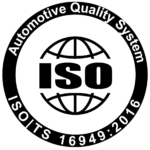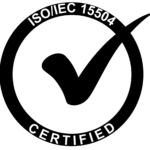- What we do
ENGINEERING
DIGITAL
INDUSTRIES
SOLUTIONS
- Who we are
- Resources
- Contact Us
 Globe | EN
Globe | EN

Introduction: LiDAR (Light Detection and Ranging) sensors have emerged as a crucial technology for object tracking in the automotive industry. By utilizing laser-based sensors, LiDAR enables precise detection, localization, and tracking of objects, making it an integral component in advanced driver assistance systems (ADAS) and autonomous vehicles. In this case study, we explore a practical application of LiDAR sensors for object tracking in vehicles, highlighting their capabilities and benefits.
Case Study Overview:
Client: Leading LiDAR sensors
Industry: Autonomous Vehicles
Objective: Implement a LiDAR-based object tracking system to enhance safety and perception capabilities in autonomous vehicle platforms.
Conclusion: This case study highlights the effectiveness of LiDAR sensors in enhancing object-tracking capabilities for autonomous vehicles. By leveraging the power of LiDAR technology, the client successfully improved safety,

Get in touch with Spanidea to explore how our software solutions can propel your business forward.




